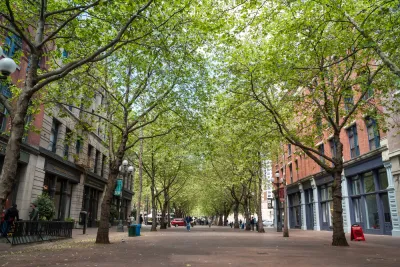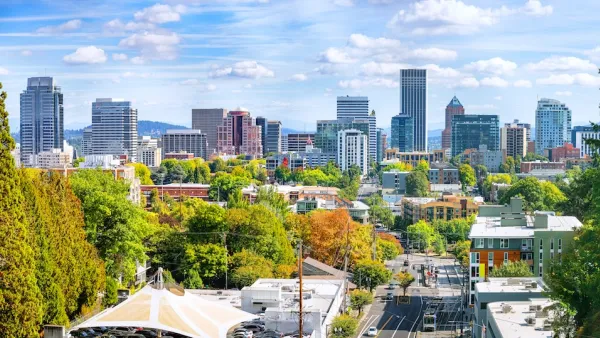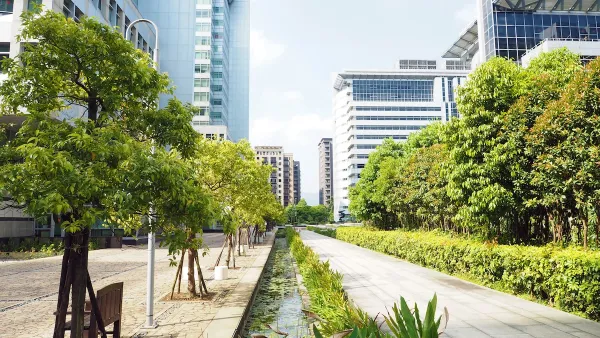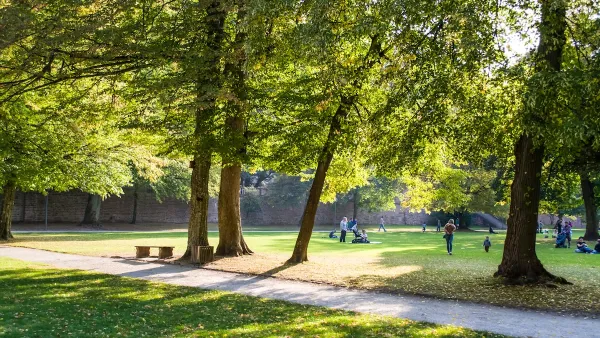Experts emphasize that planting and maintaining trees in urban areas is essential for reducing extreme heat, cooling cities, and preventing heat-related illnesses, especially as heatwaves become more frequent and severe.

As extreme heat events become more frequent and severe due to climate change, experts are urging cities to rely more on trees to mitigate rising temperatures. At a symposium titled Urban Forestry for Changing Times, over 150 arborists, scientists, and community members gathered to discuss the urgent need to plant more trees in California’s urban areas. Researchers like Edith de Guzman from UCLA emphasized that trees are not just aesthetic, but essential for cooling communities by blocking sunlight and providing evaporative cooling.
Scientific studies show that tree canopies can reduce ground temperatures by 11 to 19 degrees compared to areas without trees. Cindy Blain of California ReLeaf, a nonprofit promoting tree planting, noted that trees play a critical role in cooling urban spaces and should be strategically and carefully selected and maintained. The challenge, especially in California, is ensuring trees receive adequate water since they cannot be left unattended after planting as they might be in other regions.
As reported by Rob Hayes, experts highlighted the importance of trees in reducing heat-related illnesses and deaths, particularly in communities with fewer trees. According to de Guzman, neighborhoods shaded by trees experience lower instances of heat-related health issues, underlining the potential life-saving benefits of expanded urban forestry. As temperatures continue to rise, tree planting and care will be vital in protecting vulnerable populations from the harmful impacts of extreme heat.
FULL STORY: Experts: Lean on trees for relief from extreme heat, heatwaves

National Parks Layoffs Will Cause Communities to Lose Billions
Thousands of essential park workers were laid off this week, just before the busy spring break season.

Retro-silient?: America’s First “Eco-burb,” The Woodlands Turns 50
A master-planned community north of Houston offers lessons on green infrastructure and resilient design, but falls short of its founder’s lofty affordability and walkability goals.

Delivering for America Plan Will Downgrade Mail Service in at Least 49.5 Percent of Zip Codes
Republican and Democrat lawmakers criticize the plan for its disproportionate negative impact on rural communities.

Test News Post 1
This is a summary

Test News Headline 46
Test for the image on the front page.

Balancing Bombs and Butterflies: How the National Guard Protects a Rare Species
The National Guard at Fort Indiantown Gap uses GIS technology and land management strategies to balance military training with conservation efforts, ensuring the survival of the rare eastern regal fritillary butterfly.
Urban Design for Planners 1: Software Tools
This six-course series explores essential urban design concepts using open source software and equips planners with the tools they need to participate fully in the urban design process.
Planning for Universal Design
Learn the tools for implementing Universal Design in planning regulations.
EMC Planning Group, Inc.
Planetizen
Planetizen
Mpact (formerly Rail~Volution)
Great Falls Development Authority, Inc.
HUDs Office of Policy Development and Research
NYU Wagner Graduate School of Public Service





























